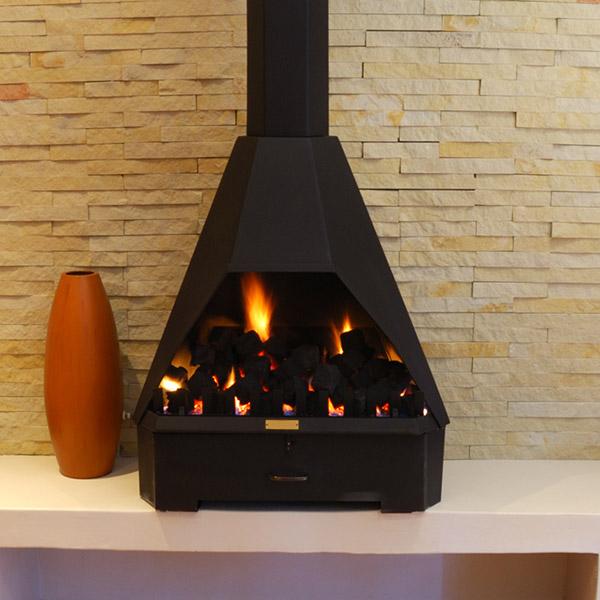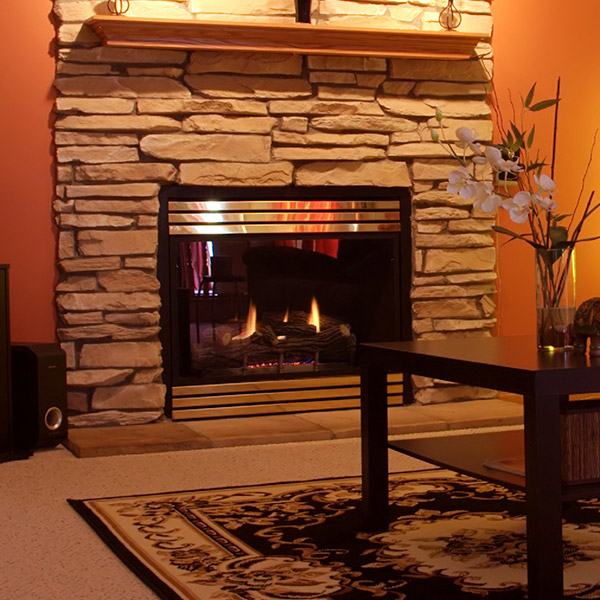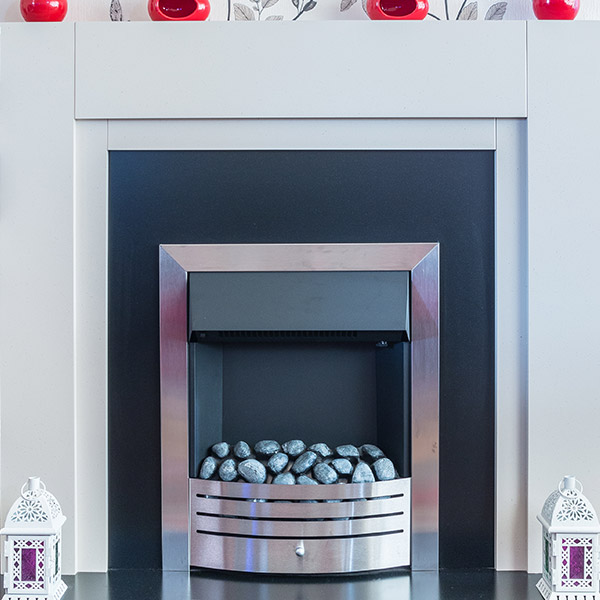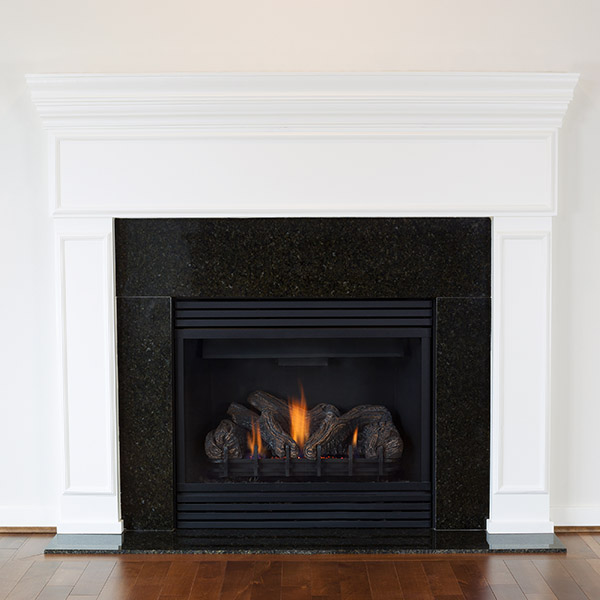The quick way to find a local Gas Fire specialist
Gas fires provide a very convenient solution when it comes to heating your home in the winter months. But as with any gas appliance, connecting and commissioning a fire requires an expert, accredited tradesperson.
Post your job for free. Read reviews, get quotes, and see tips on hiring the right person.
Browse Gas Fire specialists
Take a look at our Gas Fire specialists profiles, read reviews and request quotes directly.
Gas Fire Installation Services | Find a Gas Fire Fitter In Your Local Area
Gas fires give you the best of both – more authentic than an electric fire, and quicker to use than an open stove or wood-burning fire. They also provide full control over how much heat your fire pumps out.

They’re also easy to maintain, and installation is usually straightforward thanks to the versatility of most modern units. You don’t necessarily need a chimney for a gas fire, but if you do have one a new unit can usually be fitted to an existing flue.
High-efficiency gas fires are open or glass-fronted and use a flue to send emissions out of your living room safely, while flueless models are designed to work without the need for a chimney. Depending on the type of fire you’re installing, the process will be slightly different. But at its most basic, gas fire installation follows a familiar set of steps.
If an existing gas fire (or an electric or wood-burning stove) is present, that’ll need to be removed. Depending on your decorative requirements, you may then need to “make good” (repair any damage caused by removing the old unit). You can then have the new fire unit (as well as the hearth and surround if you’re also replacing those) installed – always by a Gas Safe-registered professional.
That last point is key – the complicated and potentially dangerous nature of installing any gas appliance means you must work with a Gas Safe-accredited professional, even if you plan to do some of the work yourself.
Cost of gas fire installation
You’ll probably be charged a day rate according to the amount of work involved in your gas fire installation. Fees for typical jobs range from:
- £50-£150 to connect and commission a gas fire.
- £150-£300 to remove an old gas fire and install a new unit.
- £80-£150 for an annual gas fire service.
How to install a new gas fire
If your home has a chimney, you’ll need to make sure your flue is suitable for a gas fire. This is one of the many reasons for using an experienced, trustworthy professional on this job. They’ll be able to tell you whether the flue is suitable, or if it needs to be relined. Of course, if you’re opting for a flueless fire, or if you’re going to install an external flue, you can skip this step.

Before you begin considering which type of gas fire you might fit, you’ll need to measure your room. This is for a number of reasons. Firstly, there’s a minimum size below which it’s not safe to install a gas fire. The size of the room will also determine where, what size and how many air vents are required. And finally, those dimensions will influence the tolerable maximum and minimum gas pressure of your fire.
Provided your room is big enough and it’s safe to fit a gas fireplace, start by installing air vents. As mentioned above, the size and position of your vents will depend on the room you’re fitting the appliance in. Some high-efficiency gas fires (those using an existing or newly installed flue) might not need air vents, but your heating engineer will be able to advise on this after running the necessary tests. When it comes to air vents, you’ll need a dedicated model designed for use with a gas fire. Opt for a high-quality vent that has an outer cowl. A cheap vent will usually leave you susceptible to drafts.
With your vents sorted, it’s time to decide where your gas fire will go. If you already have a chimney, the answer is going to be fairly obvious. But if you’re newly installing a gas fire, you’ll have a bit more freedom. An external wall, both for the evacuation of gas and a sturdy mount, is usually going to be your best option. After securing the appliance with the supplied wall bracket, a gas line can be run to the inlet point on the fire and connected up. Complete the assembly of the gas fire unit by attaching any fascia or other finishing elements that come with your chosen model.
It’s now time to light the fire and test the emissions to ensure it is operating as required. This is a meticulous task, and if the fire does not meet the exact specification that is stated in the installation guide, your fire must be disconnected from the gas supply and either fixed or replaced.
Types of gas fire
There are a wide range of gas fire types, and the model you choose will probably depend on your home and whether it has a chimney. The four main variations of gas fire are:
- High-efficiency (HE) open-front fires – these models are the most common type of gas fire. They have the look and feel of an open stove fire and offer around 75% heating efficiency. As well as convected radiating heat from the fire unit, their pebble or coal fuel-effect stones transmit heat around your room too.
- Glass-front HE and outset HE fires – similar in operation to a standard HE fire, these units are glass fronted to help the spent gas travel in the intended direction out of your room. That also means they are more efficient (up to 89%), and they radiate heat to a larger area. The outset variant can sit on a hearth in front of a wall or chimney, rather than being set inside it.
- Balanced-flue HE gas fires – the simplest choice for those who want a gas fire but don’t have a chimney or flue. This glass-fronted gas fire has its own flue pipe, which vents through an external wall. This style of gas fire is particularly efficient, and usually fairly compact too – making installation straightforward.
- Flueless gas fires – another solution for homes without a chimney or flue, these fires are clean burning, and feature a catalytic converter. This removes the nasty stuff from gas emissions and releases safe air back into the room. Most flueless gas fires are also fitted with Oxygen Depletion Sensors for safety, which turns the fire off if the air quality drops below a certain level.
Gas fires can also be fitted with one of three different controls – a simple top control, a remote control or good old manual operation.
The qualifications your tradesperson needs

We’ve not been too subtle about this so far, and we won’t stop now – it’s absolutely crucial that your gas fire installer is Gas Safe accredited. That’s the minimum (and mandatory) requirement from your tradesperson. But it may also be beneficial for them to carry HETAS (solid fuel trade body) or NICEIC (National Inspection Council for Electrical Installation Contracting) qualifications too.
As well as these certifications, your gas appliance professional should be more than happy to show off their wide range of customer references, and evidence of previous jobs they have completed to a high standard.
Insurance your tradesperson needs
Public liability insurance is vital for all work conducted on your home, and it’s particularly important here – with the potential for gas leaks and damage to your property. Make sure your tradesperson holds (and can show you proof of) full public liability insurance.
Questions you should ask your tradesperson
- What type of gas fire would they recommend, and why?
- Can they remove your old fire too?
- Are they Gas Safe registered?
- Do they also hold HETAS or NICEIC accreditation?
- Can they offer a warranty on their work?
Get our app for homeowners
- Send messages and get notifications from tradespeople
- Add photos to get more accurate quotes
- View tradespeople's profiles